After its brilliant appearance last year, the Philips Hue Festavia disappeared from the scene in the past nine months. Now the string lights are back in time for Christmas and bring along some new features, which I would like to present to you today in a short article.
The biggest innovation apart from the increased prices: The Philips Hue Festavia is no longer only available with 250 LEDs distributed over 20 metres, but also with 500 LEDs over 40 metres and 100 LEDs over 8 metres. You can already order all variants at the Hue online shop, the delivery is supposed to start in one week.
Some questions have reached me about the new 40-metre Philips Hue Festavia. Unlike its smaller siblings, this version of the string light is divided into two strings. The node is located exactly in the middle of the string light. So on the Christmas tree, you start a little below the centre and from there lay one string upwards and the other string downwards. The result is a matching colour gradient from bottom to top.
Philips Hue Festavia is now waterproof and gets a new power supply unit
Officially, the first generation Hue Festavia was not allowed to be used outdoors, even though everything pointed to it. According to Philips Hue, they have made changes to the enclosure of the new generation in order to be able to guarantee weather resistance. However, I could not see any differences even when I looked closely. But anyway: Now you can officially use the string light in the garden.
What is new in any case is the 30 watt power supply unit, which replaces the previously known 40 watt block. Is this an advantage or a disadvantage? That is probably something you can discuss. The fact is: Thanks to the universal adapter, you can easily connect the Festavia to your outdoor system or use an existing, classic 40 or 100 watt outdoor power supply.
The cable length from the new power supply unit to the controller is about two metres, but an extension cable can be used here without any problems. From the controller it is another 2.4 metres to the first LED. In the 40-metre string light, the string is split about ten centimetres before the first LED.
Another change: the box of the Hue Festavia has a much more compact design. In the first generation, Philips Hue still advertised that the string light could be rolled up and stowed away very easily. This is exactly what they have dropped in the second generation. With the prices that have been called up in the meantime, it would probably be too bad to put the Festavia back in the box and not use it for eleven months.
Philips Hue Festavia String Lights
from $219.99 / €119.99 / £109.99
Note: This article contains affiliate links. We receive a commission for purchases via these links, which we use to finance this blog. The purchase price remains unchanged for you.


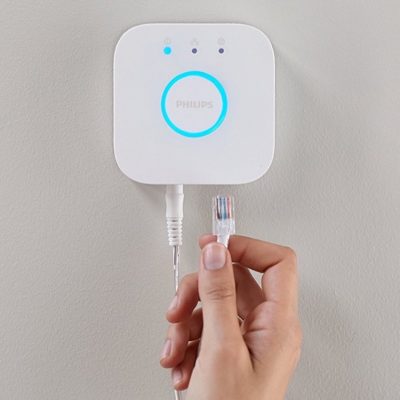

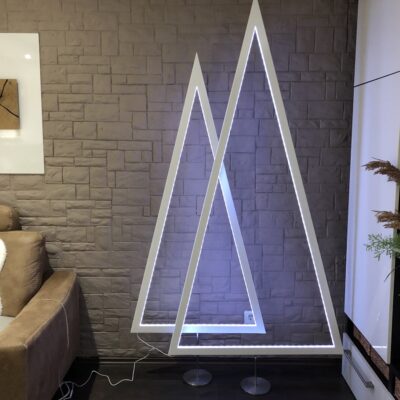
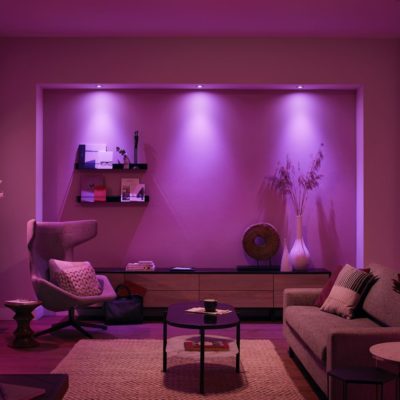


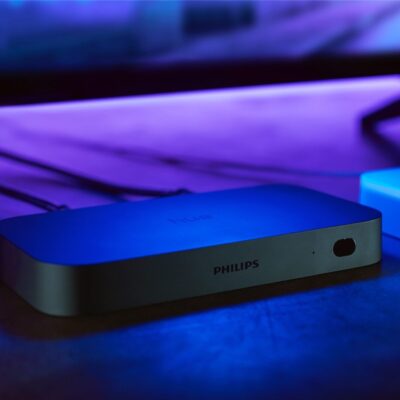

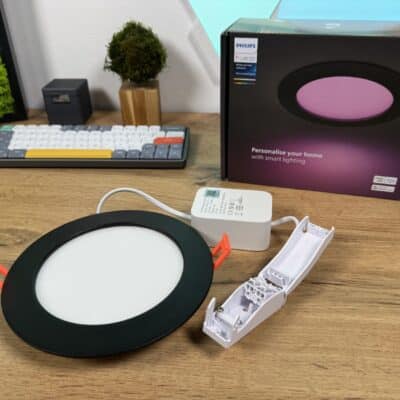

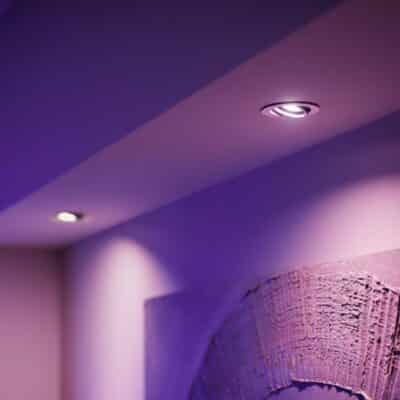


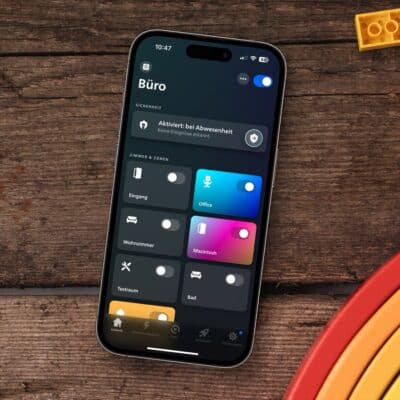

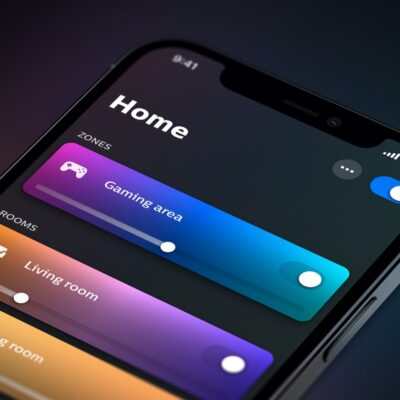



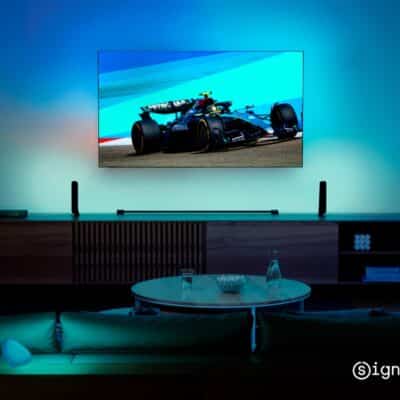
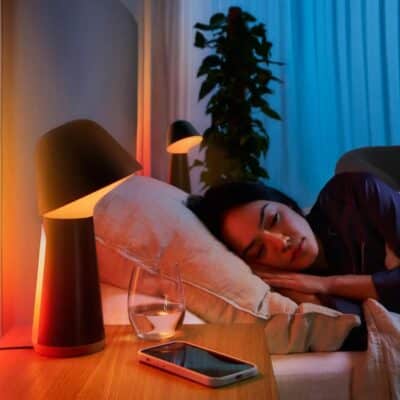
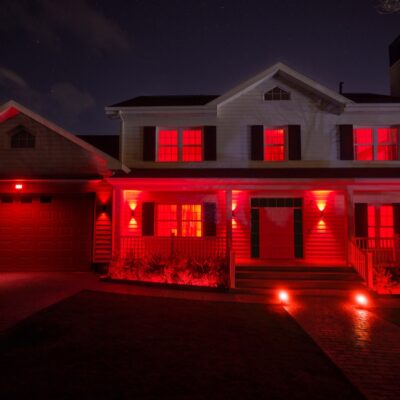

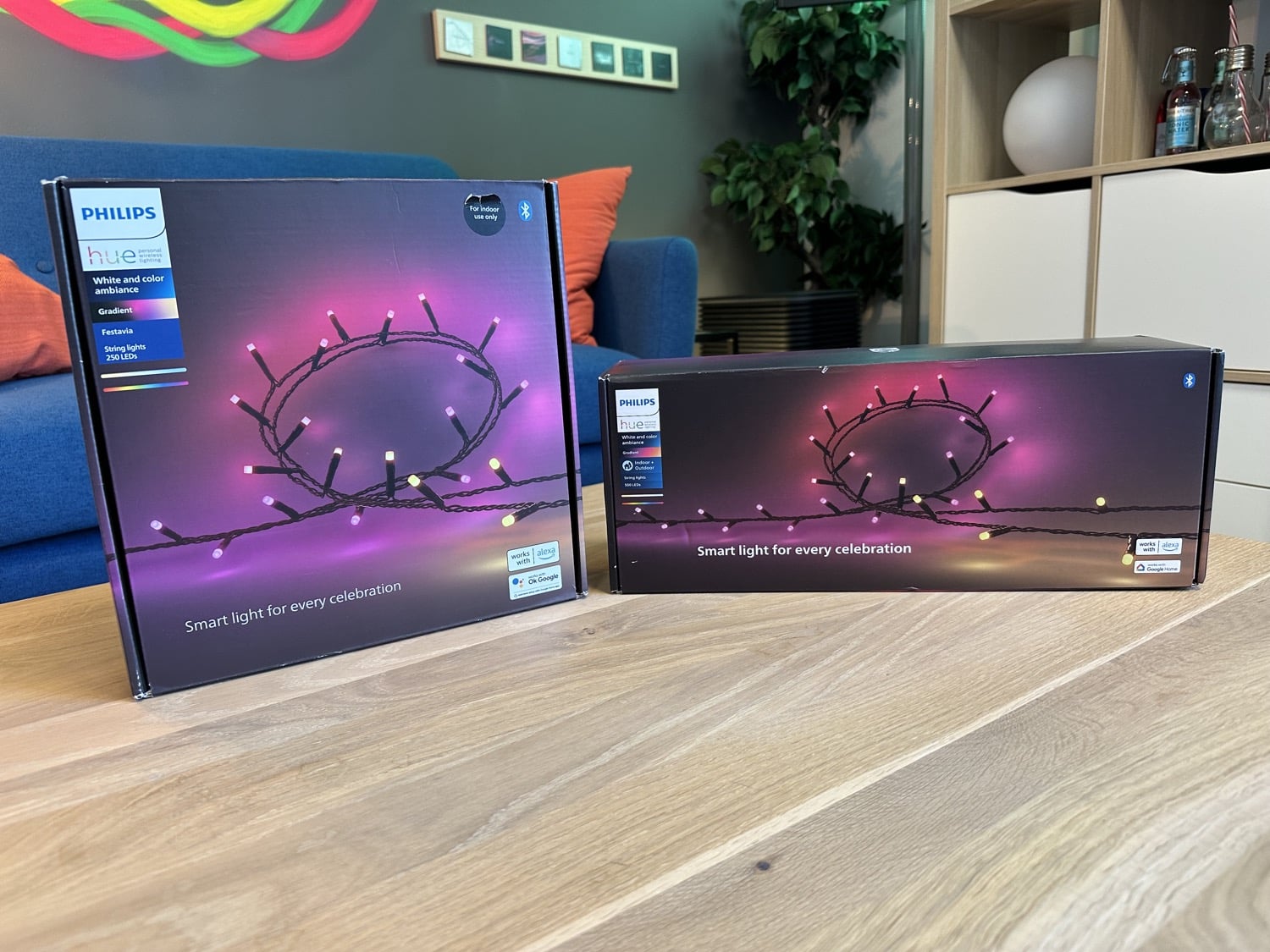

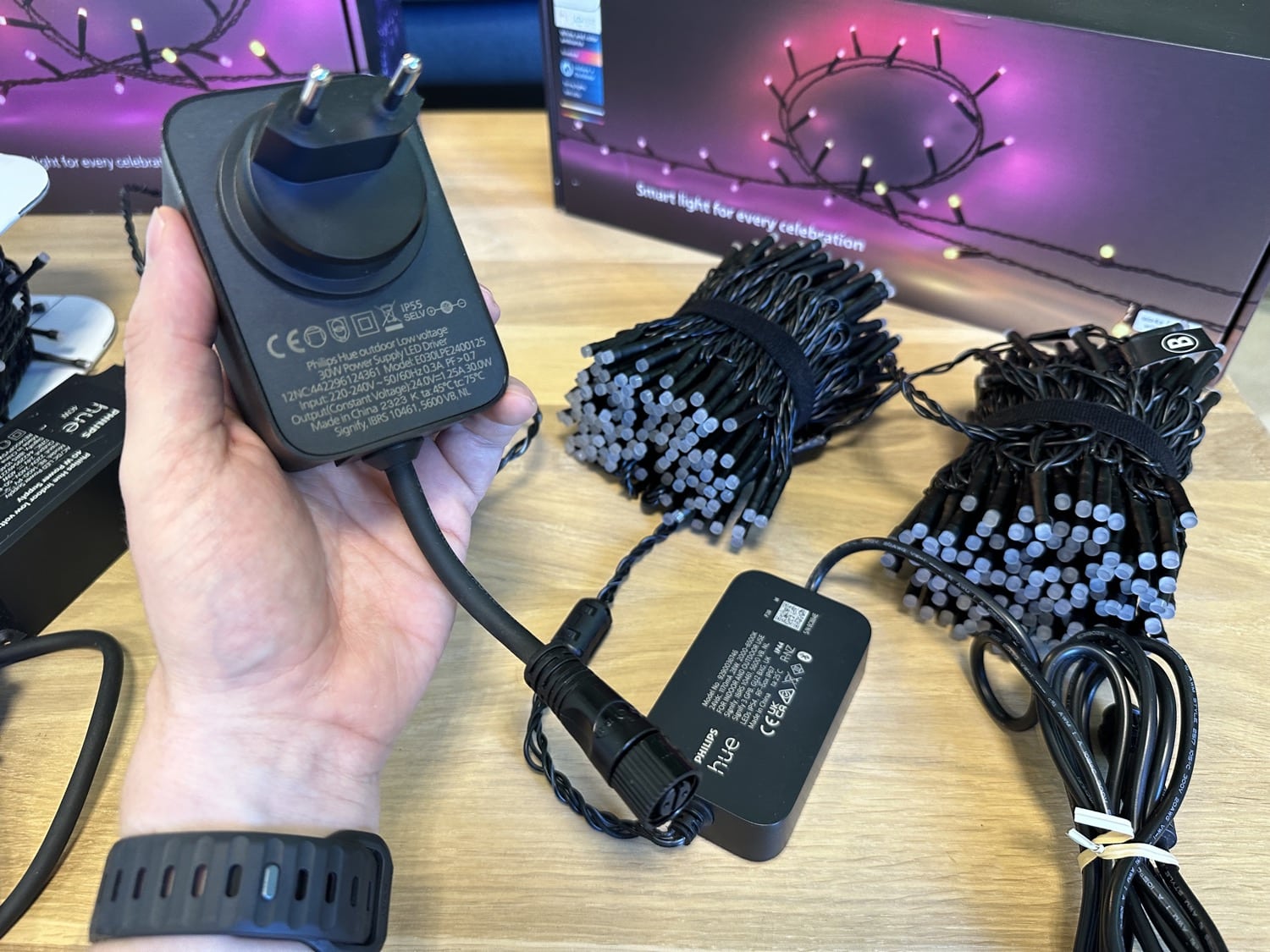

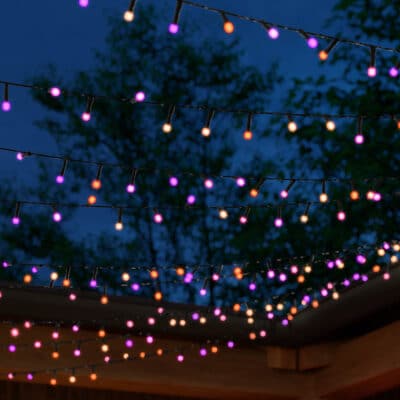

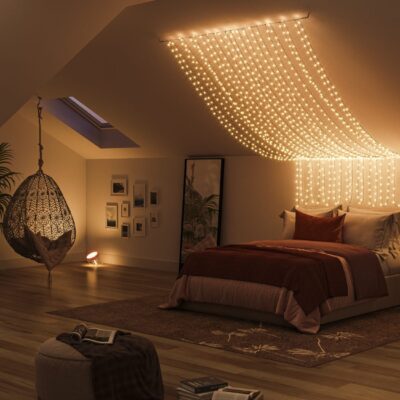
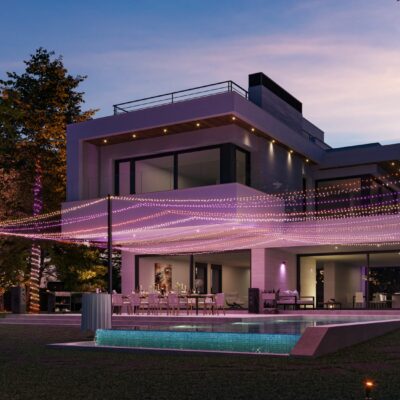
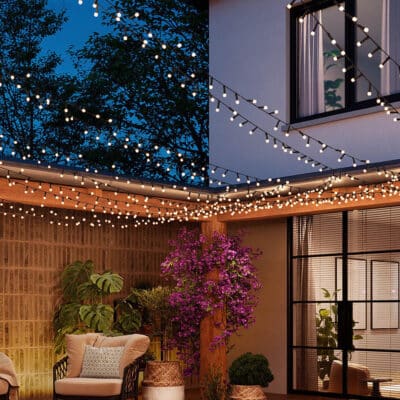
The 40m version being built of two 20m segments is probably a technical limitation.
I think they use individually addressable LEDs, which means the LEDs of a segment are linked to each other as a daisy chain.
Each time the controller must update any LED, it must build a packet with the RGB brightness levels of all the LEDs (or at least all LEDs from the controller to the one to update), including LEDs that did not change, and send the whole set. Each LED the packet passes through would grab the first RGB levels for itself and then let all the other pass through on to the remaining LEDs.
This process takes time, and the 1st gen Festavia already has more latency than gradient lightstrips and tubes because of this process. If they tried to daisy chain 500 LEDs, it would double that latency and just get too slow.
So the solution was to build it as two daisy chain segments, which means either the controller has to be in the middle, or a 4th wire would have to run along the first 20m to provide the commands to the second segment separately and make it look like a single 40m string. Putting the controller in the middle kept the wires braids more flexible, lighter, thinner, and cheaper.
That could be the case. Other manufactures like twinkly also doing to segments on their long versions.
The reason is most likely voltage drop.
Adding context to my statement: using a voltage drop calculater, assuming a copper wire diameter of 1.5 mm, using 24 V, 1.25 A, 40 meter, the voltage drop will be 4%, generating heat. Feeding from the middle, the length is 20 meter and the voltage drop goes down to 2%. Therefore, much less heat is generated. Which is safer and more energy efficient.
I really don’t understand the removal of the block power supply, particularly for the longer lengths that are aimed at outdoor use. In the UK, the revised plug won’t allow an outdoor waterproof socket to close, making it impossible to use outdoors without adding in an additional waterproof box or similar to your setup. The power block a la Lily and co, does allow this. Seems a strange decision from Hue…
Does it have features similar to twinkly where you can “map” LED positions to give a better colour accuracy once you’re placed them?
If you took the larger string & made it into a drape or colour wall as shown on the box, can you display animations (preloaded or self created) or only colour gradients?
Twinkly products are great (I’ve had the 3 trees for 2 years) but they are let down by their software in some areas (and lack of replacement power bricks).
Festivia are very expensive at RRP price but it assume the amazon price may be more comparable once they are readily available?